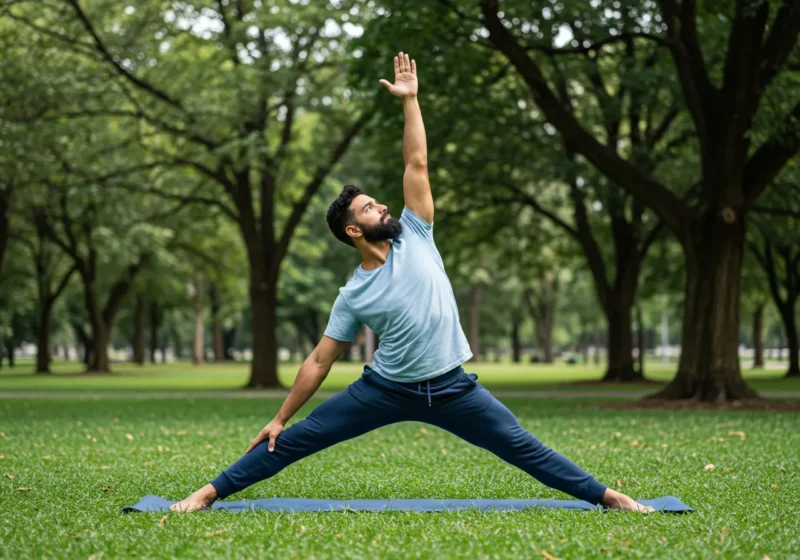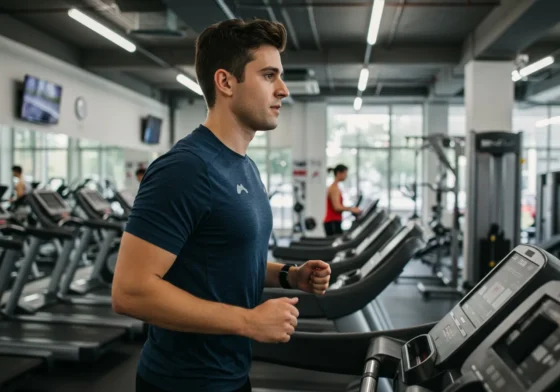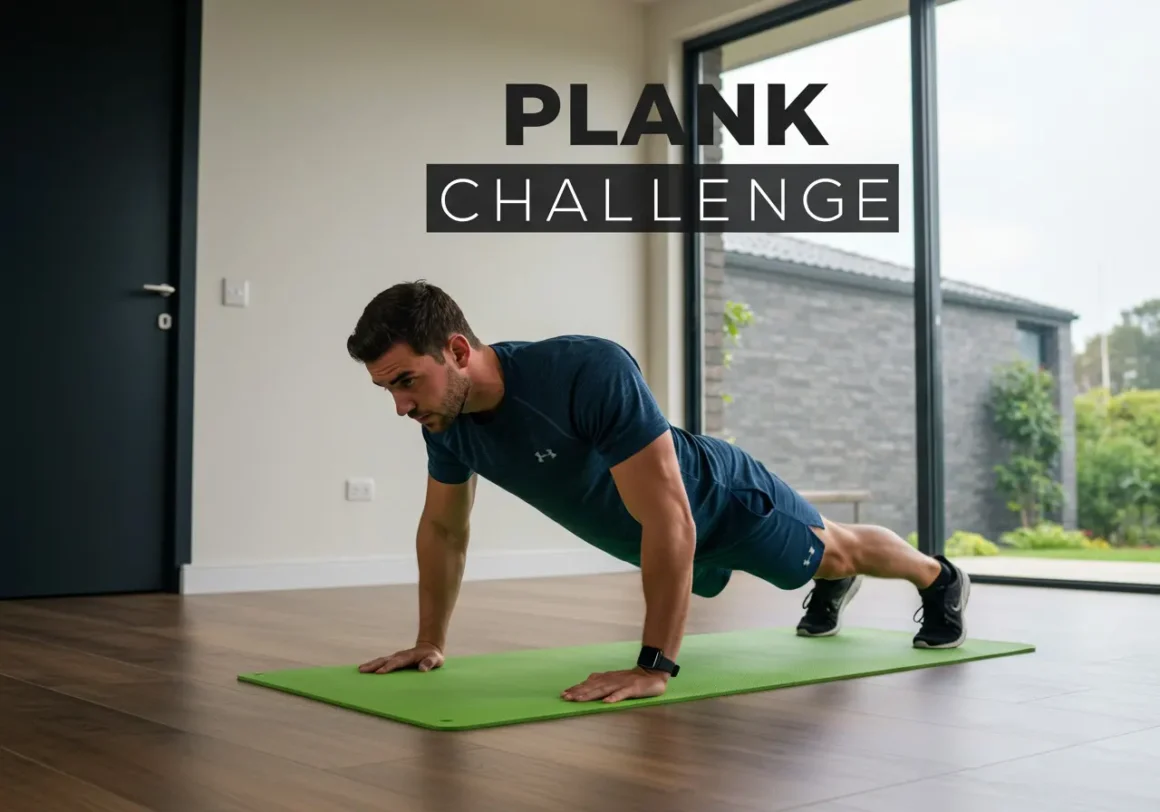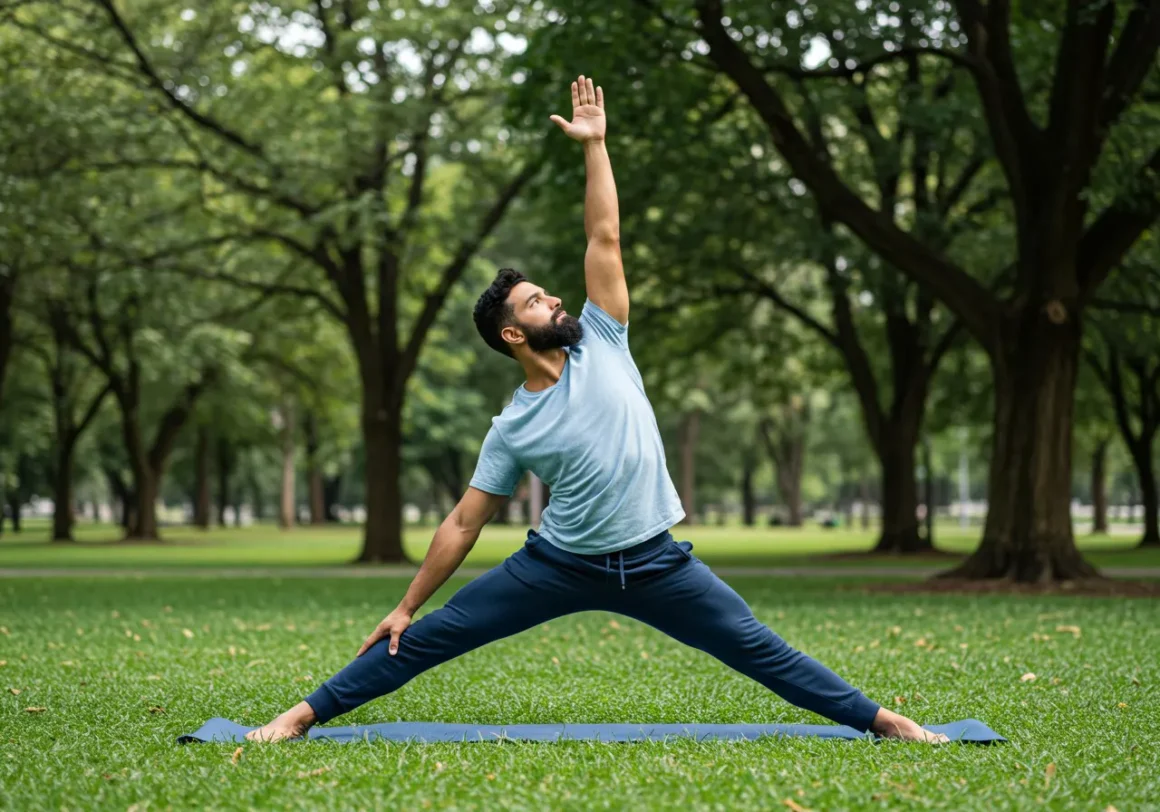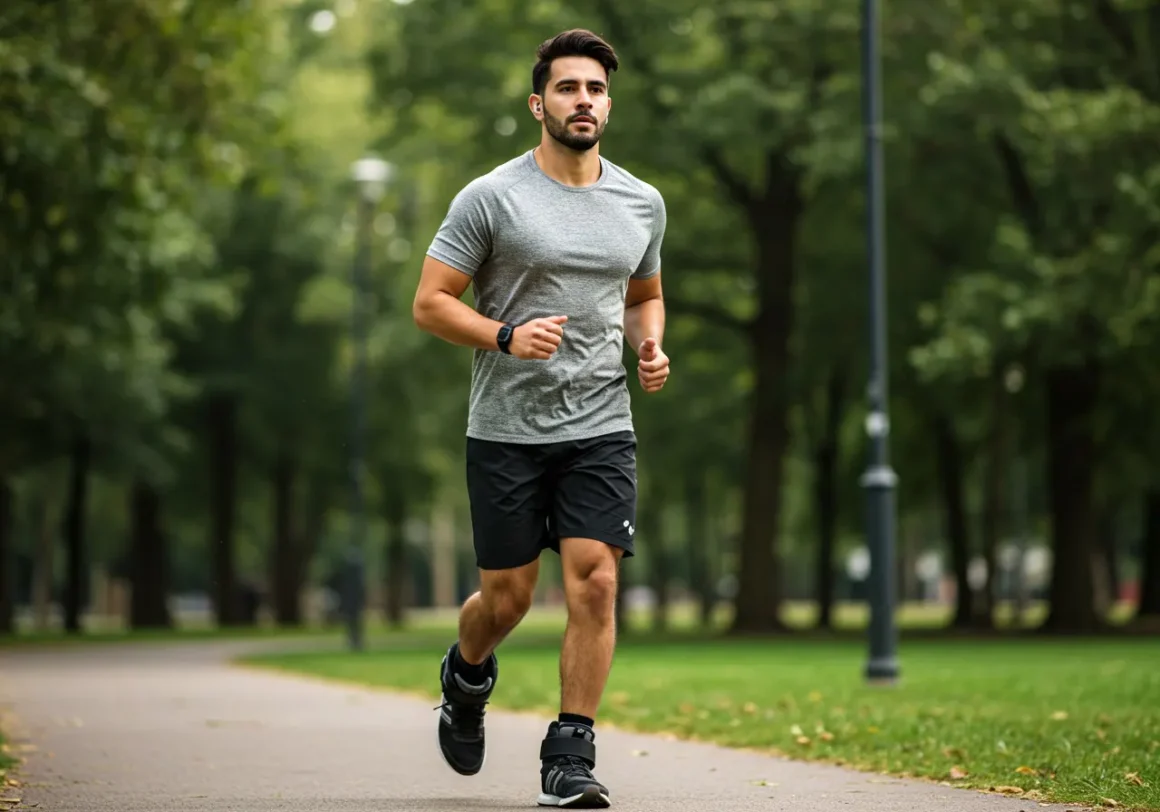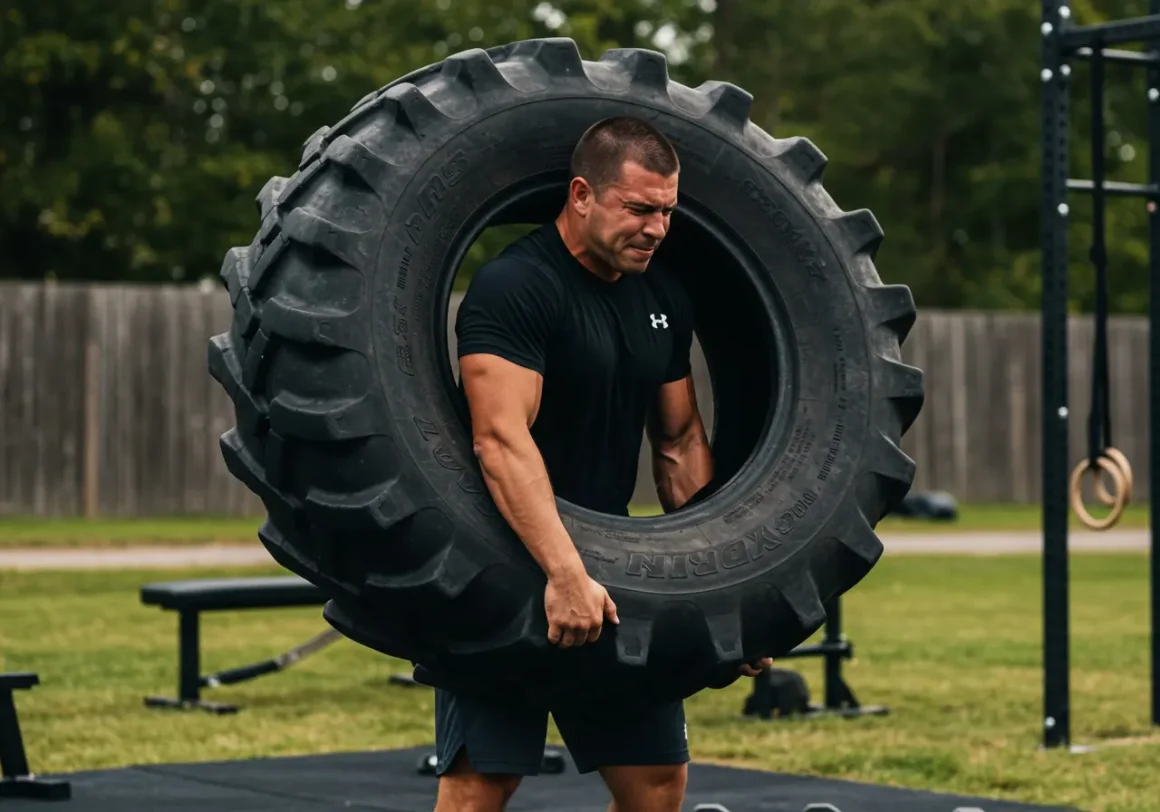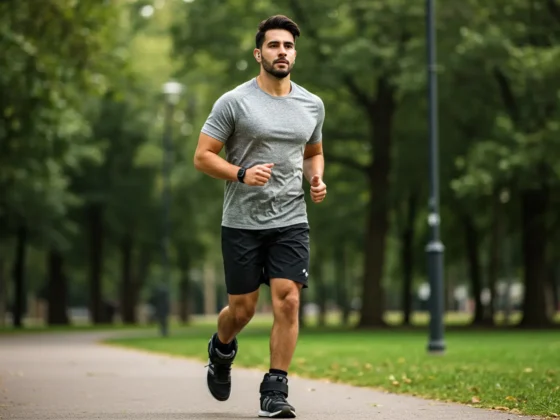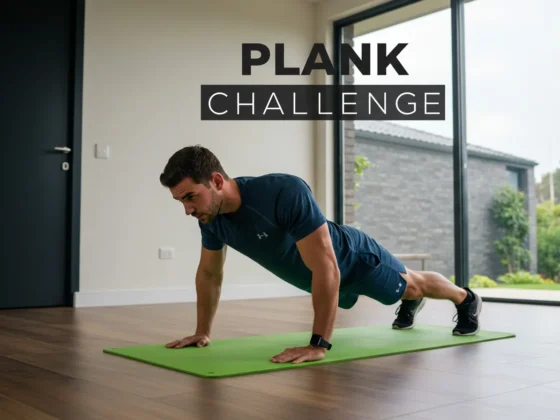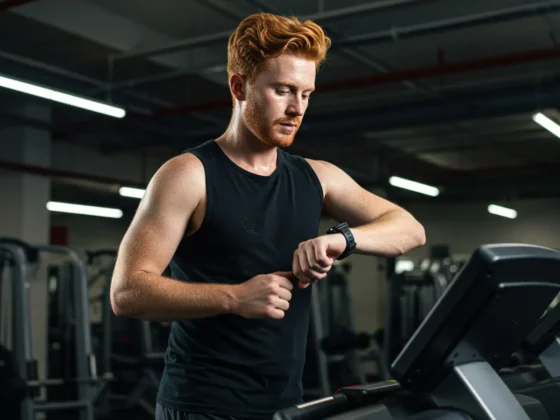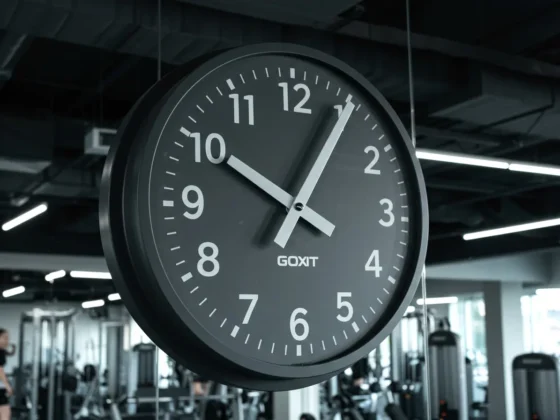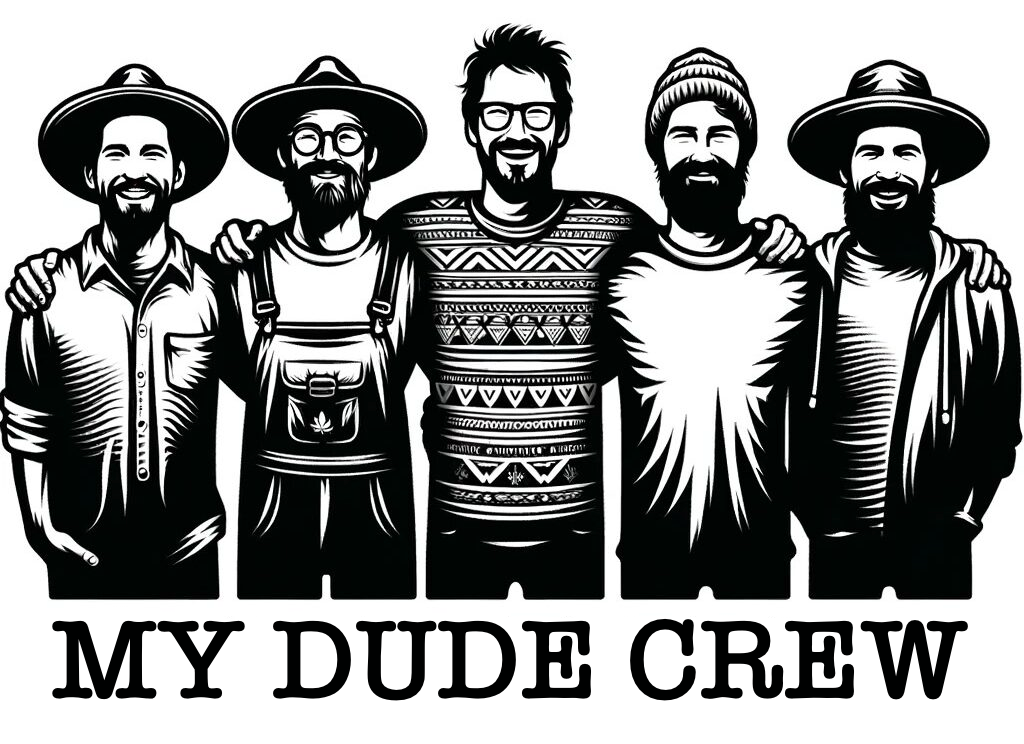Alright Fit Fellows, let’s talk about feeling good while you’re getting after it. You’re hitting the gym, lifting heavy, maybe crushing some cardio, and that’s awesome. But if you finish a session feeling like the Tin Man before Dorothy found the oil can, or you’re constantly nursing little aches, then we need to have a chat about flexibility, mobility, and recovery. These aren’t just optional extras; they’re the absolute bedrock for sustained performance and, honestly, just feeling comfortable in your own skin as you train.
Think of your body like a high-performance engine. You can pour in the best fuel and push the RPMs high, but if the moving parts are gunked up or the cooling system is failing, you’re heading for a breakdown. Flexibility is about the length of your muscles – how far they can stretch. Mobility is about your joints’ ability to move freely and under control through their full range of motion. You can be super flexible but lack the strength or control in those end ranges of motion, which is where mobility comes in. When you combine the two, that’s when your body moves efficiently, powerfully, and safely.
Why Bother With All This ‘Soft Stuff’?
Okay, so why spend time on stretching and rolling when you could be lifting or running? Simple: performance and longevity.
- Better Movement: Improved flexibility and mobility mean your joints and muscles aren’t fighting against each other. This allows you to get into better positions for exercises (think squat depth, overhead press stability) and move more fluidly in sports or daily life. Better positions often mean more power and less wasted energy.
- Reduced Injury Risk: Tight muscles and restricted joints are prime candidates for getting injured. When your body can move through its natural range of motion without strain, you’re less likely to pull something or put excessive stress on ligaments and tendons. It’s like having shock absorbers that actually work.
- Faster Recovery: This is HUGE. Training breaks you down so you can build back stronger. Recovery is when that building happens. If your muscles are constantly tight or inflamed, and you’re not giving your body the resources it needs, you’re slowing down the repair process. Prioritizing recovery means you’ll feel less sore, bounce back quicker between sessions, and make consistent progress.
- Improved Body Awareness: Paying attention to how your body feels during stretching, mobility work, and recovery methods teaches you a lot. You start to notice where you hold tension, which areas need more attention, and how different foods or sleep patterns affect you. This awareness is invaluable.
What You Need to Get Started
Honestly? Not much. Your own body is the primary tool. You need a little bit of time and, most importantly, consistency. Think of it like brushing your teeth – a little bit every day or most days makes a massive difference over time.
Beyond your body and consistency, a few simple, inexpensive tools can be game-changers:
- A Yoga Mat: Provides a little cushion and grip.
- A Foam Roller: Your best friend for self-massage. Different densities exist, start softer if you’re new to it.
- A Lacrosse Ball (or similar firm ball): Great for targeting smaller, tighter spots that a foam roller can’t reach (glutes, shoulders, feet).
- Resistance Bands: Useful for controlled mobility drills and activation exercises.
That’s really it to start. You don’t need fancy machines or guided classes, although those can be helpful down the line.
The ‘How-To’: Putting it into Practice
Let’s break down how to actually do this stuff.
Flexibility & Mobility:
- Dynamic Stretching (Before Your Workout): These are active movements that take your joints and muscles through a range of motion. Do these before you train to warm up your muscles and improve joint lubrication. Think of movements that mimic the exercises you’re about to do.
- Examples: Leg swings (forward/back, side-to-side), arm circles, torso twists, cat-cow stretch, walking lunges with a twist, controlled articular rotations (CARs) for hips, shoulders, spine. Aim for 10-15 reps of each movement.
- Static Stretching (After Your Workout or Separately): These are held stretches where you take a muscle to the point of mild tension and hold it. Do these after your workout when muscles are warm, or even on a separate rest day. This is where you focus on improving muscle length.
- Examples: Hamstring stretch (seated or standing), quad stretch, chest stretch (in a doorway), triceps stretch, calf stretch. Hold each stretch for 20-30 seconds, focusing on breathing and relaxing into the stretch. Avoid bouncing.
- Mobility Drills (Can be done anytime): These focus on controlled movement at the joint. Great for improving range of motion and control.
- Examples: Ankle rotations, wrist circles, controlled spine segmentation (cat-cow variations), hip circles, shoulder dislocates (using a broomstick or band). Move slowly and deliberately through the full range of motion you control.
Recovery Essentials:
This is arguably the most critical piece, because this is when your body actually adapts and gets stronger.
- Sleep: Non-Negotiable! Aim for 7-9 hours of quality sleep per night. This is when your body repairs muscle tissue, consolidates memories, and regulates hormones essential for growth and recovery. Make your bedroom dark, cool, and quiet. Stick to a consistent sleep schedule.
- Nutrition: Fueling the Repair Shop: You’ve given your body a demanding job (the workout). Now give it the building blocks and energy it needs to recover. Ensure you’re getting adequate protein to repair muscles, carbohydrates to replenish energy stores, and healthy fats for overall health and hormone function. Stay well-hydrated!
- Active Recovery: Doing light, low-intensity movement on rest days or after a tough workout can significantly help recovery. It increases blood flow, which helps deliver nutrients to muscles and clear out metabolic waste products.
- Examples: Gentle walking, easy cycling, light swimming, yoga, or just general low-level movement throughout the day.
- Self-Myofascial Release (SMR): Foam Rolling & Trigger Point Work: This is like giving yourself a deep tissue massage. Using a foam roller or ball on tight areas can help release muscle knots (trigger points), improve blood flow to the area, and reduce soreness.
- How-To: Slowly roll over a muscle group, pausing on any tender spots for 20-30 seconds until you feel the tension release slightly. Breathe deeply through it. Target areas like quads, hamstrings, glutes, calves, upper back, and lats.
- Stress Management: Chronic stress elevates cortisol, which can interfere with recovery and muscle growth. Find ways to manage stress, whether it’s deep breathing, meditation, spending time in nature, or hobbies.
Bringing It All Together
Think of flexibility, mobility, and recovery as integral parts of your training, not just add-ons. Dedicate specific time to them. Maybe it’s 5-10 minutes of dynamic stretching before every workout, 10-15 minutes of static stretching or foam rolling afterward, and making a conscious effort to prioritize sleep and nutrition every single day.
Start small, be consistent, and listen to your body. Pay attention to how you feel, not just during your workouts, but throughout the day. Are you less stiff getting out of bed? Do you feel looser during your lifts? Are you less sore the day after a tough session? These are the signs that this “soft stuff” is making a real difference.
You’ve got the engine; now make sure the chassis is nimble, the joints are smooth, and the repair crew is working around the clock. Your body will thank you with better performance, fewer aches, and the ability to keep doing what you love for the long haul.

